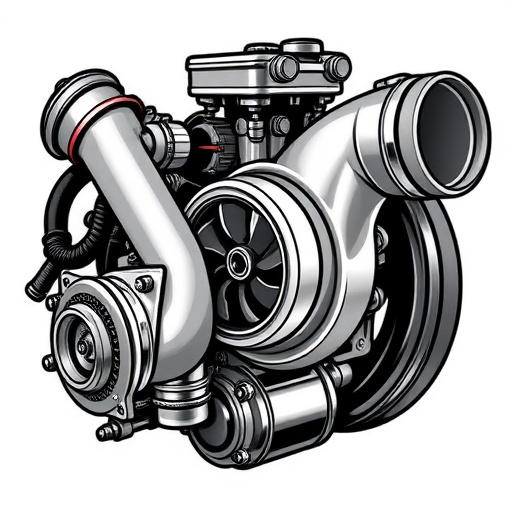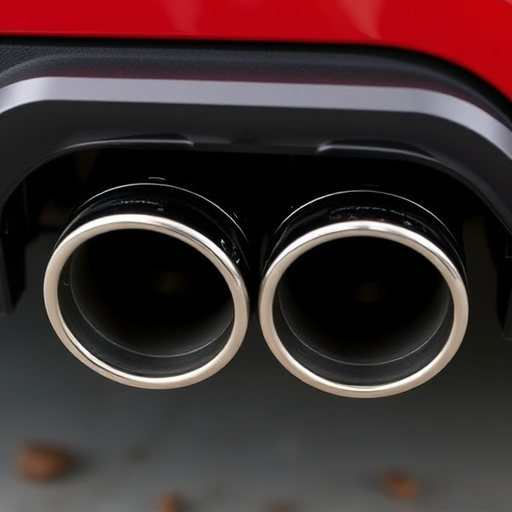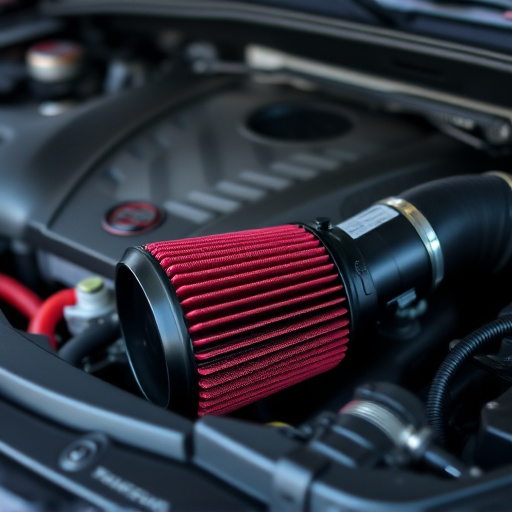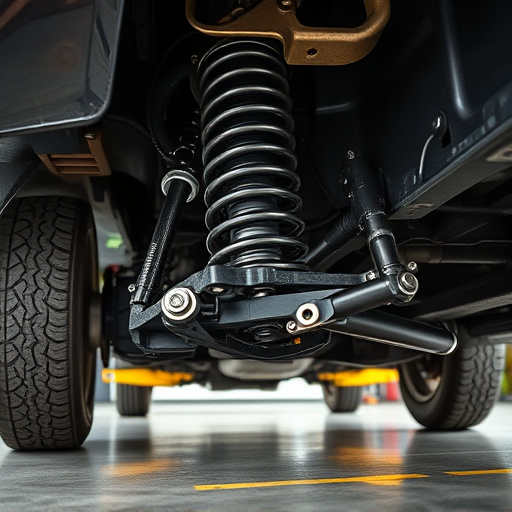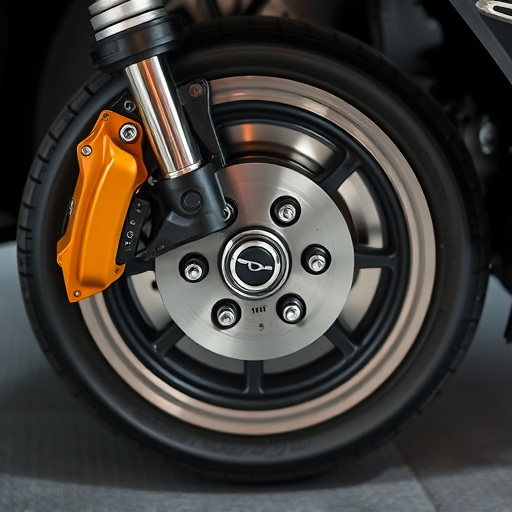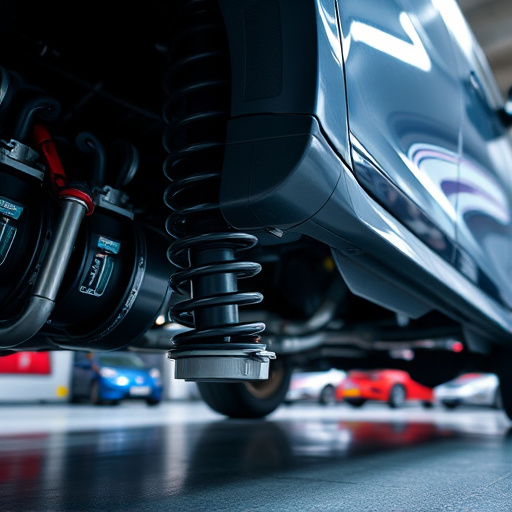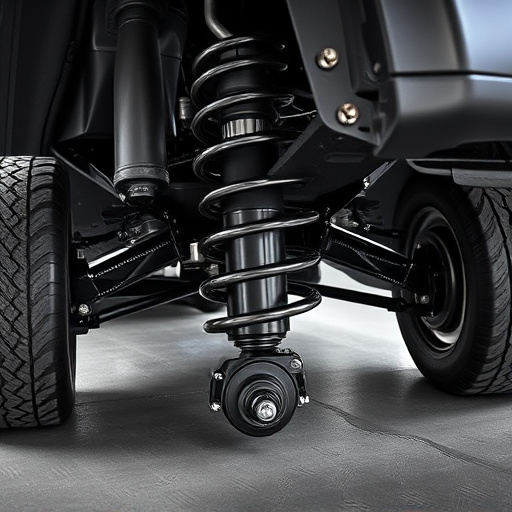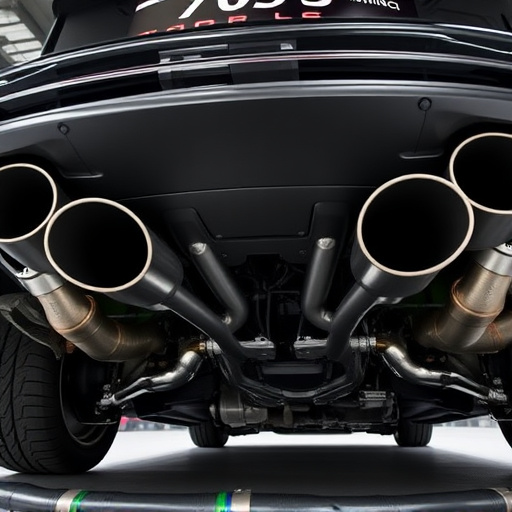A loud exhaust system engineered for track performance enhances engine efficiency through improved airflow and reduced backpressure, while staying within legal noise limits. Key components include advanced mufflers, strategically placed tips, durable materials, and acoustic chambers for refined sound output. Installation requires careful consideration of regional decibel limits, safety protocols, and regular maintenance to ensure optimal performance and prevent accidents.
In the high-octane world of racing, every component matters. This article delves into the loud exhaust system designed for track use performance, exploring its advantages and considerations. We’ll dissect the key components and design principles that optimize both sound and efficiency, while also addressing legal, safety, and maintenance aspects critical to installing such a system on a racing vehicle. Uncover how these powerful modifications enhance the racing experience, but come with specific responsibilities.
- Understanding Loud Exhaust Systems: The Track Performance Advantage
- Key Components and Design Considerations for Optimal Sound and Efficiency
- Legal, Safety, and Maintenance Aspects of Installing a Loud Exhaust System on a Racing Vehicle
Understanding Loud Exhaust Systems: The Track Performance Advantage
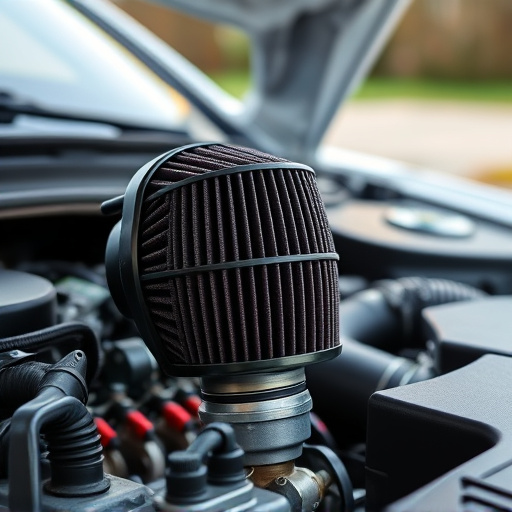
Loud exhaust systems are designed to enhance performance for track use, offering a unique advantage over stock systems. The key lies in their ability to facilitate better airflow and reduce backpressure, allowing engines to breathe more efficiently. This results in improved turbine efficiency within the engine’s combustion chamber, leading to increased power output.
These systems often incorporate high-flow catalytic converters or resonators that balance power gains with noise levels, ensuring they meet legal requirements for track use. Additionally, modifications like coilover kits and upgraded intake components can work in conjunction with a loud exhaust system to further optimize performance, providing drivers with a more responsive and thrilling driving experience on the track.
Key Components and Design Considerations for Optimal Sound and Efficiency
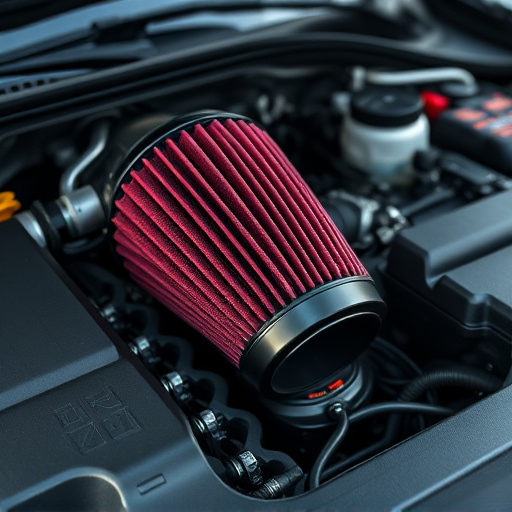
The design of a loud exhaust system for track use performance involves careful consideration of several key components and factors. High-performance mufflers are a core element, strategically positioned to optimize sound wave dissipation while maintaining flow efficiency. These mufflers are engineered with advanced materials and configurations to reduce noise levels without compromising the engine’s power output. Additionally, the exhaust tips play a crucial role in directing exhaust gases and enhancing the system’s visual appeal.
Other design considerations include selecting the right materials for durability and heat resistance, ensuring seamless integration with the vehicle’s engine bay, and employing innovative technologies like acoustic chambers to further refine sound output. The goal is to achieve a balance between achieving the desired decibel levels for track days or races and maintaining legal compliance regarding noise pollution, all while enhancing the overall driving experience.
Legal, Safety, and Maintenance Aspects of Installing a Loud Exhaust System on a Racing Vehicle
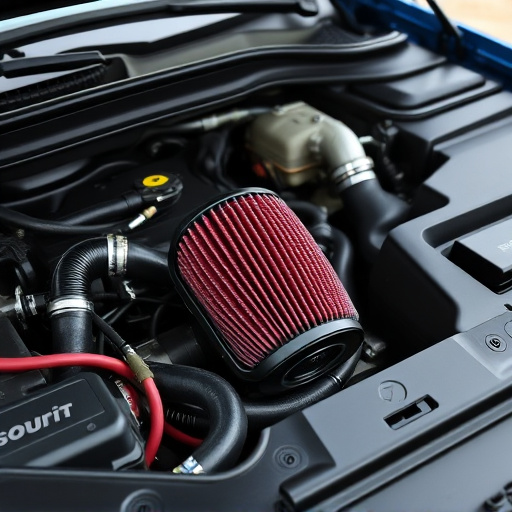
Installing a loud exhaust system on a racing vehicle isn’t just about enhancing vehicle performance; it also comes with significant legal, safety, and maintenance considerations. Different regions have stringent noise regulations, often requiring race cars to meet specific decibel levels. Exceeding these limits can result in penalties or even restrictions on track participation. Therefore, ensuring your loud exhaust system adheres to local laws is paramount.
Safety is another critical aspect. Improperly installed exhaust systems pose risks not just to the driver but also to pit crew members and spectators. Regular maintenance, including inspecting exhaust mufflers for damage or wear, is essential to prevent leaks that could cause accidents or expose individuals to harmful gases. Additionally, keeping an eye on brake components, which often work in tandem with exhaust systems, ensures optimal performance and safety during high-speed racing conditions.
Loud exhaust systems, designed for track use, offer a compelling performance advantage through enhanced engine sound and improved efficiency. However, it’s crucial to balance these benefits against legal, safety, and maintenance considerations. When properly installed and maintained, these systems can elevate the racing experience both on and off the track. Always ensure compliance with local regulations and prioritize regular servicing for optimal performance and safety.

